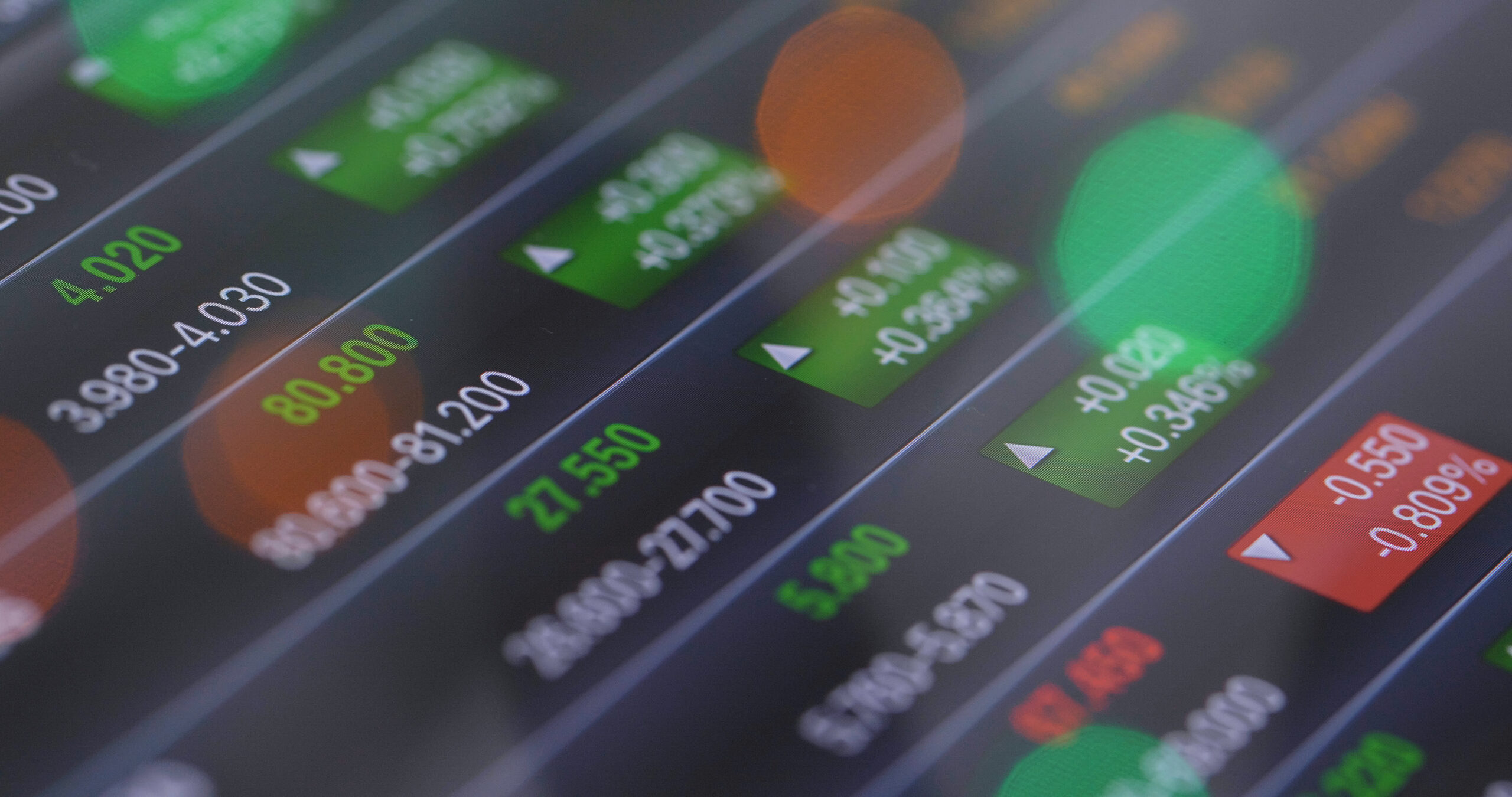In a display that would have the most stoic of investors perking up their ears, the S&P 500 has gracefully breached the 5,000 threshold, etching a fresh peak in the annals of market history. With a tip of the hat to the gravity of this moment, the index’s ascent is nothing short of a reflection of the unwavering faith in the alchemy of American enterprise and the enduring spirit of its economy.
A more systemic analysis of market behaviors would suggest that such milestones are less about the numbers and more about what they signify—a collective belief in the robustness of corporate America and the underlying currents of economic growth. The recent sprint in the S&P 500’s performance, particularly fueled by the tech sector’s resilience, is not merely a number on a ticker but a beacon of the economy’s strength. As for the forces at play behind this historic rally, investors have been privy to a symphony of favorable earnings reports, with corporate America not just meeting but exceeding the lofty expectations set upon them. This bullish beat is a harmony to which the markets have danced, with some 80% of S&P 500 firms outstripping earnings forecasts, hinting at an economic crescendo that could sustain the high notes of market performance.
Amidst this celebration of capitalistic vigor, the Federal Reserve’s chorus has been one of caution. Comments from Fed officials, including the presidents of the Atlanta and Dallas branches, have been a grounding reminder that the battle against inflation is far from over. I would like to point out that this juxtaposition of market exuberance and monetary restraint is a delicate dance of economic forces—one that requires a keen understanding of the macroeconomic rhythm.
The CPI revisions, confirming progress on the inflation front, have provided a momentary sigh of relief, offering a counterpoint to the concerns of an overheated economy. Yet, even with these positive economic harmonies, the market remains a creature of both sentiment and substance, as evidenced by the RSI indicators suggesting an overbought territory—a sign that the market may be due for a pause in its relentless march upwards.
Looking ahead, the question that hangs in the ether is what the next chapter holds for the S&P 500 after crossing this Rubicon. Historical data from LPL Financial suggests a tendency for the index to continue its upward trajectory following such milestones, with an average 12-month return of 10.4%.
Yet, in the grand narrative of the markets, each new high is a prologue to an unwritten future, filled with potential for both continued growth and unforeseen reversals. Investors, then, would be wise to temper their enthusiasm with a measured prudence, recognizing that in the grand market cycle, today’s zenith could be tomorrow’s nadir—or yet another step towards greater heights.



